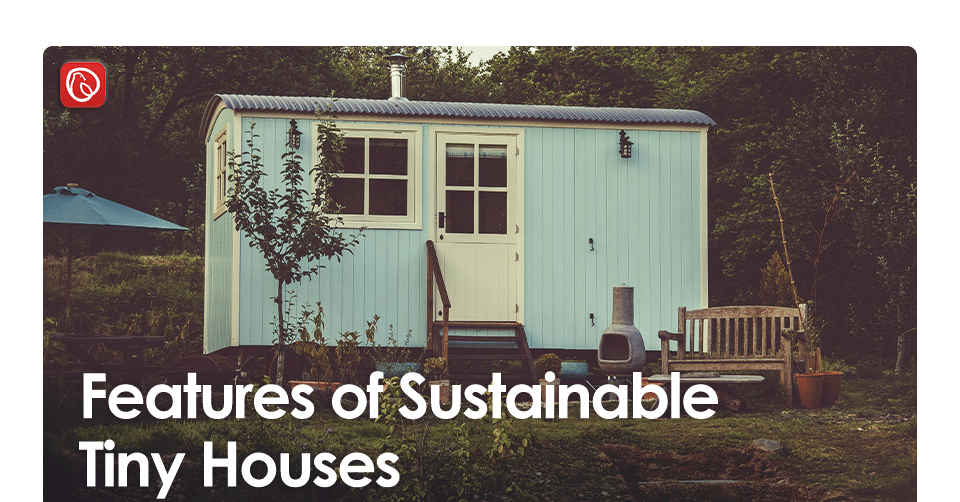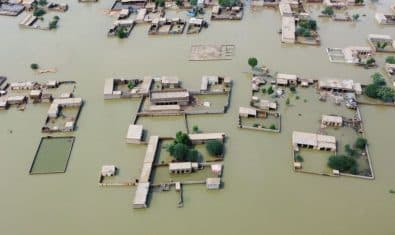Major urban centers of the world face a severe housing crisis which is resulting in mushroom growth of slum dwellings and perpetuating housing shortfall. In order to tackle this emerging problem, one of the strategies is the development of sustainable ‘tiny houses’ which can soothe the ballooning rural-urban migration and provide people with a decent shelter to experience the urban lifestyle.
Graana.com highlights the important features of ‘tiny houses’ as per the definition of UN, which is considered to be one of the major tools for overcoming the housing shortfall in developing countries, following all the features of sustainable development.
What are Sustainable Tiny Houses?
A sustainable tiny house can be defined as an adobe which is a complete unit smaller in size and comprises all the amenities which can adjust to the needs of a small family and fulfil the criteria of sustainable development.
The concept of ‘Sustainable Tiny Houses’ can be understood from the model of the tiny house created by UN Environment in 2018. The model created by the UN environment spans over the area of 22 square meters and incorporates various features of sustainable development.
Sustainable Building Materials
One of the prominent features of sustainable tiny houses is that they are constructed using green materials. Green materials can be either bio-based or obtained from recycled components for construction purposes. It is estimated that the housing sector uses 40pc of the total natural resources hence, sustainable green materials can serve as a suitable alternative for resource conservation.
Micro-Farming
The concept of micro-farming revolves around the concept of urban resilience for micro-farming, an outer wall of the tiny house is exclusively specified for micro-farming which provides fruits and vegetables for most of the year. The micro-farms also perform the function of sound dampening and on a large scale can also act as a suitable tool for maintaining temperature in urban areas.
Renewable Energy
In 2010, Electricity and Heat Production contributed 25pc of the total greenhouse gas emissions. Therefore, various policymakers and nations have pledged to reduce their carbon footprint by shifting to renewable energy sources and preserve the ecosystem. In this backdrop, one of the major features of sustainable tiny houses is that they generate their electricity using solar panels.
Plant-Based Indoor Air Purification
Air pollution is posing major health problems in the urban centers, air quality levels are reaching an extent that is making it difficult for people to experience a healthy lifestyle due to hazardous pollutants in the air. A unique aspect of sustainable tiny houses is that they have plant-based indoor air purification systems.
The plant-based air purification system purifies the indoor air quality which diminishes the air pollutants and introduces convenience for people to breathe fresh air. The model of the sustainable tiny house as displayed by UN Environment in New York also incorporated plant indoor air purification.
On-site Water Collection
An on-site water collection system is a sophisticated rainwater collection system that collects the rainwater and passes the water through various cycles that can be utilized for domestic consumption. One of the major features of sustainable tiny houses is that they have an on-site water collection point that collects, and processes the rainwater to be reused in homes.
Awais Bhatti is a content specialist at Graana.com.























CONTAINER HOUSE IS MOST AFFORDABLE AND SASTA HOUSE.